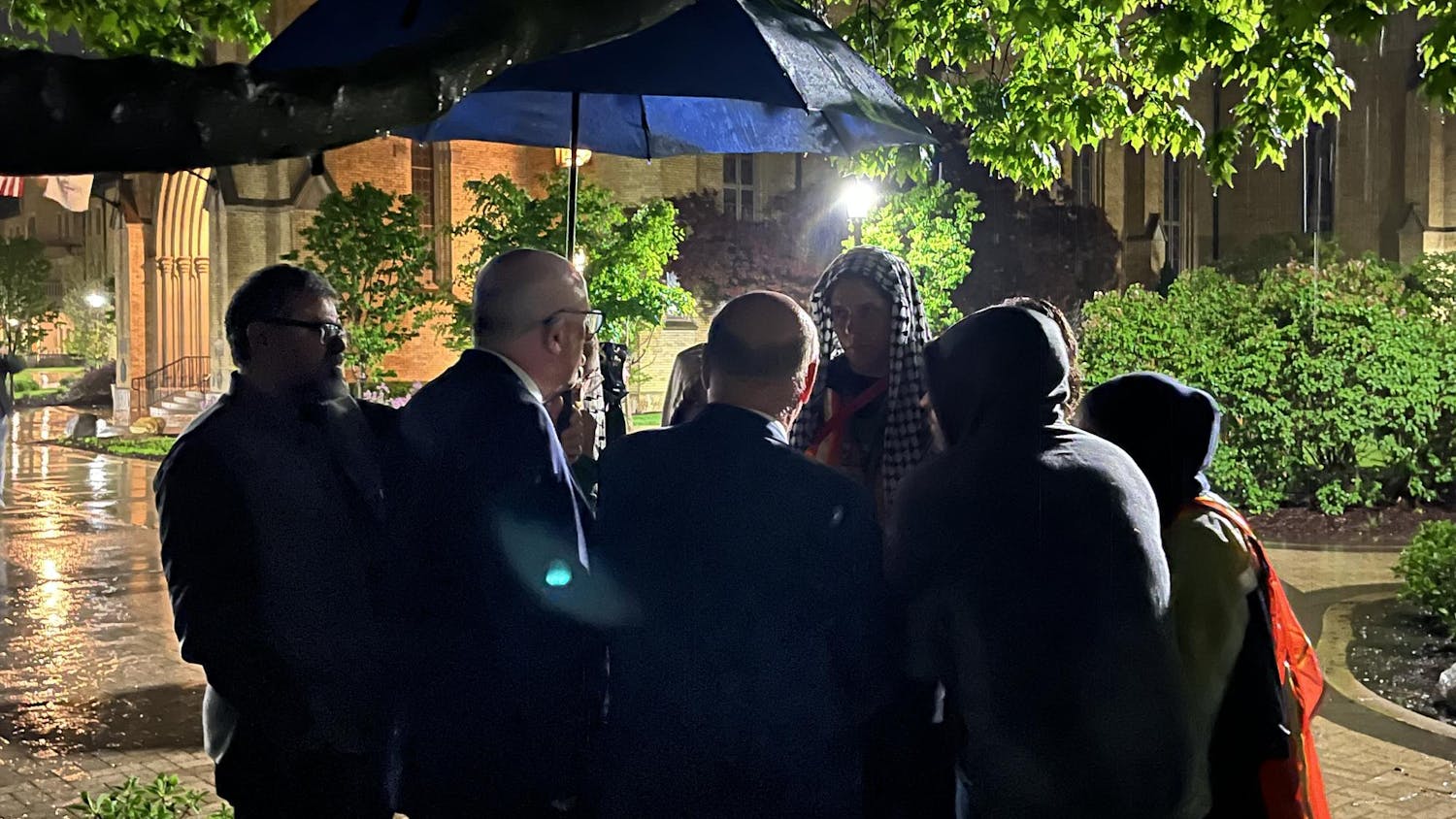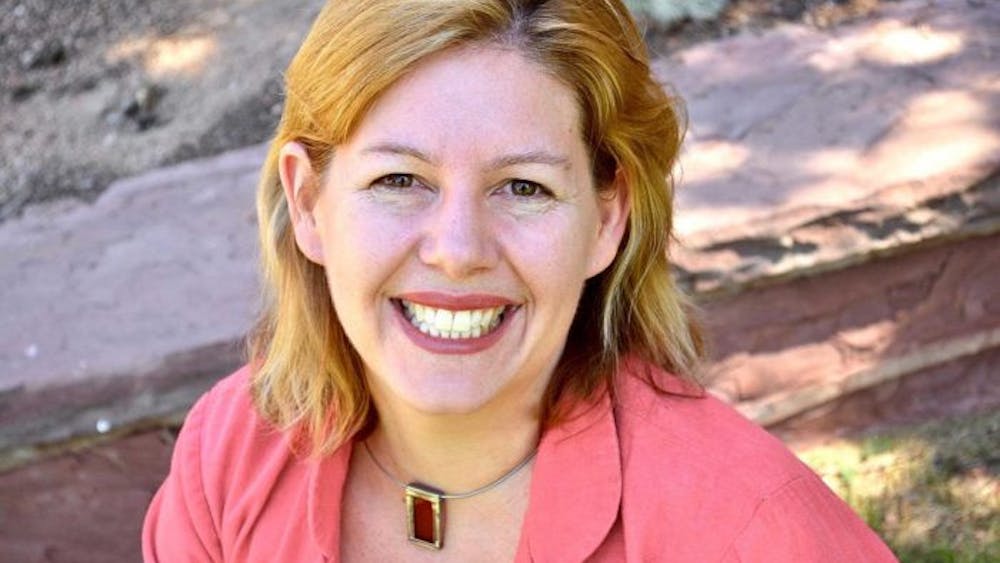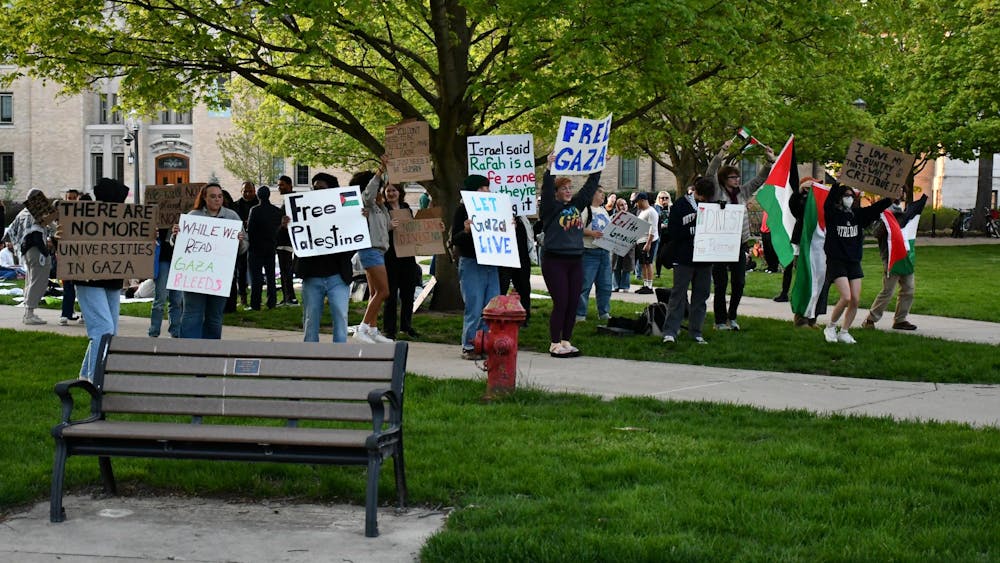Four centuries after the fall of Rome, seafaring raiders from Europe’s northern fringes were the scourges of the continent, looting wherever their longships could take them. Northern France suffered particularly gross depredations, as generations of Vikings pillaged the Seine and Loire watersheds. In 859, while the region’s nominally protective nobility was distracted by fratricidal infighting, local commoners received word of approaching Vikings. The desperate peasants armed themselves and organized a militia that miraculously repelled the marauders. Yet their victory was short-lived; unlike Norse freeholders, Carolingian peasants were forbidden from bearing arms. The original chronicler wrote “because their association had been made without due consideration, they were easily slain by our more powerful people,” the peasants massacred for daring to defend themselves.
Though that episode was outrageous, it was one of many events signaling medieval society’s complete subjugation of peasants to lord and priest. During the ninth and 10th centuries, once-free French peasants were stripped of their rights to public assembly, due process of law and to bear arms. Eventually the populace was left cowed serfs, their labor thanklessly supporting the knights and clergy that controlled them. It is unsurprising this process to rob the people of their freedoms is highlighted by egregious violation of their right to bear arms, for substantive freedom cannot exist when citizens cannot arm themselves.
This claim is more controversial than it should be, for it is ancient knowledge that freedom (both private and public) and arms are linked. Most obviously, weapons provide for self-defense when our governments are unable to defend us, be it from Viking attacks or petty crime. These occasions are rare but always possible; I doubt the Korean merchants who fortified their stores’ rooftops during the Rodney King Riots ever expected to use their guns in such a way.
Political representation and arms are also inseparable; as for most of history the only truly free, rights-having peoples were the members of the military aristocracy, who jealously guarded their right to bear arms. The free citizens of the Greek poleis shared a common right and duty to bear arms; even Socrates fought in the citizen armies that had once turned back Persian despotism. It is a universal mark of slavery to be unarmed. The Confederacy refused to arm their human chattel until their war’s desperate final hours, and a thousand years earlier, the Saxon ceremony for freeing a slave presented the freedman with weaponry. Though they have since forsaken it, the English swiftly and clearly established subjects’ right to bear arms after avoiding tyranny in the Glorious Revolution of 1688. This knowledge was hardly limited to Europeans; the Basuto Gun War was provoked when the British attempted to confiscate the arms of the Basotho chiefs. The conflict nearly drove the British from South Africa before they relinquished their claim to the tribal weaponry. It is no coincidence oppressive regimes prioritize taking their population’s weapons; aggressive gun control may be the only common policy of all the 20th century’s tin-pot dictators.
A common objection from gun control advocates mockingly states the jets and tanks of the American army surely tremble in fear at the prospect of facing middle-aged men with hunting rifles. The objection is a gross falsehood. Every revolution in the history of mankind has depended upon the soldiery’s willingness to shoot on their own people. The French, German and Russian Revolutions would have all ended swiftly had the monarchs been confident their armies would fire on the people, and the old regimes fell when it became obvious the soldiers would refuse to give them “a whiff of grapeshot.” Indeed, the claim is actually opposite the truth, for the pace of popular revolutions is linked with the growth of military technologies. Peasant rebellions in the ancient and medieval worlds were dismal and rare affairs, with centuries between failed insurrections. How unlike the modern world, where no government has felt completely safe from popular malcontent since the Bastille fell. Similarly, the success rate of partisan fighters has increased markedly. Once they had crushed the local elites, past empires could rest assured the common people would fall in line. By contrast, the two greatest powers of the 20th century were repeatedly frustrated by resistance fighters across the globe, with Afghanistan and Vietnam now catchwords for imperial misery.
Unlike many gun rights advocates, I do not contest whether lawful gun ownership increases violence, for though I suspect guns’ connection with increased violence is exaggerated, the data suggests higher gun ownership rates lead to increased violence. My argument is narrower, claiming only that as a necessary prerequisite of freedom, gun rights must be defended. I finish by borrowing from a source more forceful and lucid than anything I might approach. For those who remain unconvinced, I have four words: shall … not … be … infringed.
Devon Chenelle is a sophomore in Keough Hall. He is a history major with an Italian minor. He can be reached at dchenell@nd.edu













